1. Spec sheets
I can’t stress enough how important a detailed spec sheet/tech pack is. When we first started we often didn’t have a spec sheet to work off. As we grew we ended up with a hodgepodge of spec sheets, many of which were created by the factory with limited details - perfect for their part of the process but not great for us. This may seem obvious, it is now but it’s very important that you list as many measurements as possible, including all trims, labels and details to ensure you remove all ambiguity - as well as making sure you get the exact product you’re after. It also protects you when things go wrong and gives recourse for fixing issues.2. Wash tests
It should go without saying that you must wash everything before committing to a production. Often things get delayed, the sampling process takes longer than expected and you may end up feeling the pressure to make last minute decisions without properly wash testing your products. You absolutely must make sufficient time to commit to rigorous wash testing before committing to a production, the more the better.
3. Bulk fabric approval
When producing custom colours the process generally involves providing a colour code or a colour reference for the factory to match. From this, a lab dip is produced - we usually get three options with minor shade variations from which to select from. Bulk fabric is then produced from the final choice. For some of our products having a perfect match isn’t essential but for our uniform clients it’s crucial. Signing off on the bulk fabric and seeing a swatch of the bulk production to ensure it matches the approved lab dip is critical if perfect colour matching is important for your brand. It may take more than one round of lab dipping to get your perfect colour so be prepared for this potential time delay.4. Third party inspections
You want to limit all production errors, but miscommunications are also inevitable. The larger the production run the more potential for risk, cost and headache if something goes wrong. Pre-covid we were regularly at our factories, especially when large productions were happening. While travel is restricted we've used third party inspectors to QC our products before they leave the factory. If using a third party inspector isn’t viable for whatever reason jumping on video chat and selecting the pieces you want inspected is a great way to give some extra assurance everything is as expected.5. Colours across fabric types
From our conversations with clients we manufacture on behalf of, meeting yarn minimums is far and away the most challenging part of getting a product line from a vision into reality. Generally, the higher your unit total, the better your pricing will be. When chasing minimums for certain fabric types or colours I’ve found that the most efficient way to order products is by splitting colours across product styles and fabric types. For example most manufactures will want a minimum fabric dying quantity of 300kg of greige yarn, however you can combine certain fabric types in the same dye batch. This means that if we are producing a specific colour we will often produce it across our single jersey, interlock, french terry and pique polo fabrics as they can all be dyed at the same time.6. Photoshoots
Outdoor photoshoots offer a cheap and inexpensive backdrop to capture images of your products. When you’re starting out this seems like a great option however on reflection when you take into account the additional time taken to organise and coordinate I’ve found that studio shoots are far more efficient. We now use mostly studio or lifestyle shots and have a set up in our office for regular shoots. Having the photography done at the location of our products really cuts down the time needed to prepare and quick size changes are super easy. If you don’t have the space or the setup, investing in some quality studio shots still might be an excellent choice. We are still using images taken over 5 years ago for some of our longest standing products, taken during a ½ day shoot with a local photographer at a friends studio.7. How products arrive to you
Minimising waste and improving efficiency is important to us, removing individually wrapped products was step one but as our orders have become larger it gets more and more important to standardise/improve how the products arrive. We have specific labelling requirements on how we want each box to look, including size. We’ve also experimented with different boxing options. We tried roll packing but found that this causes more wrinkling. We now mostly flat pack our products with a string tape and use cardboard inserts to separate sizes in each box. Ideally we ship one size per carton so that picking and packing is streamlined but this isn’t always possible.8. How to dispatch products
Just as you want your inwards goods process to be as smooth as possible, you also want your outwards goods process to be efficient. While I could spend an entire blog on this, one major hint is to find an efficient way to create shipping labels. We use a Zebra printer which is connected to our shopify store, with packages sent via NZ Post. All of these systems are integrated so printing labels is relatively automated. We use compostable packaging labels from Better Packaging co and intentionally use minimal packaging to our end customers as we know they are conscious of how much waste their online purchases can create in-home.9. Website
Having a slick website seems obvious in this day and age. Investing in a quality theme that is super functional and editable has been life changing for our business. We now use a theme which means each page is completely customisable without needing to code much at all. There is a bit of an upfront investment so you need to make the call on when this makes sense, see my earlier blog about ensuring you have a validated market before spending too much on this.10. Local repair options
We never want products to go to waste so having systems within your own company or relationships with local repairers is really valuable. We have industrial sewing machines set up in our office space to make quick changes like label swaps or making minor repairs, and we also have one team member who works from a home studio doing our local manufacturing jobs and repairs. On top of this (and for more complicated jobs and surge capacity) we also have a network of people that we can call on to make repairs and alterations when needed. For NZ based labels, we encourage you to check out the yearly industry directory compiled by Apparel Magazine to see pattern makers or CMTs who are local to you and can help with product development or manufacture, should you choose to take this route.
It was hard to narrow it down to just 10 things we’ve learnt as I feel like everyday we’re constantly learning how to improve our processes. Predictably, I wish I had known all of this before I started and I’m intrigued to what I might include in a similar blog in another five years. Through our network of suppliers and our proven process we’ve been able to help a range of brands produce their own collections by tapping into our learnings and supplier network. Ifyou're considering starting a brand or product line and you think we can help, get in touch with our customer service team who will be able to advise you on next steps.
As always I love hearing your feedback, please get in touch and let us know what points have been helpful or if there’s anything else you’d like to know.

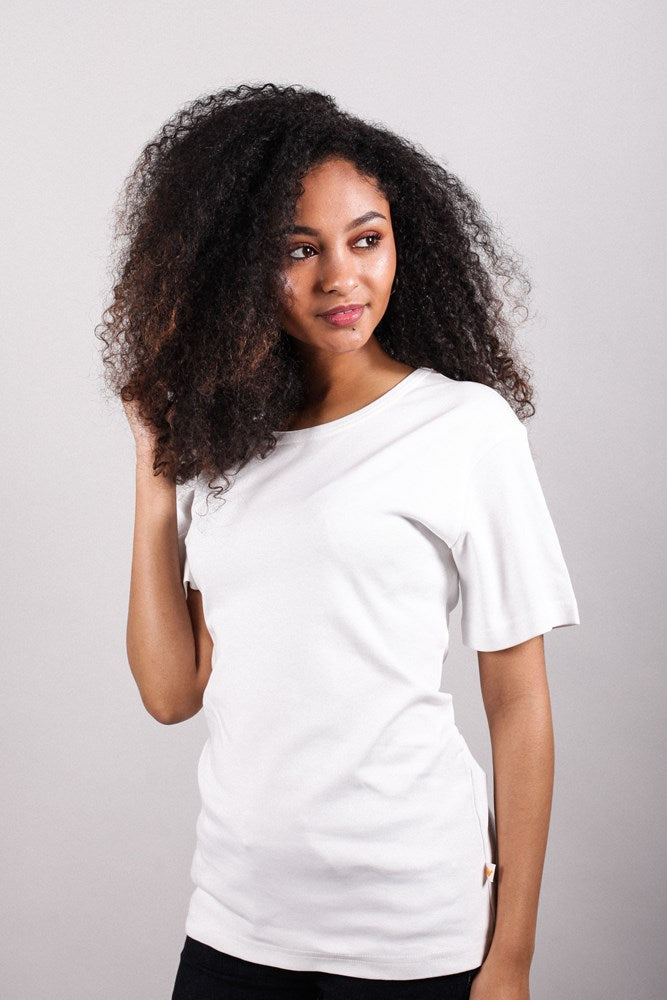
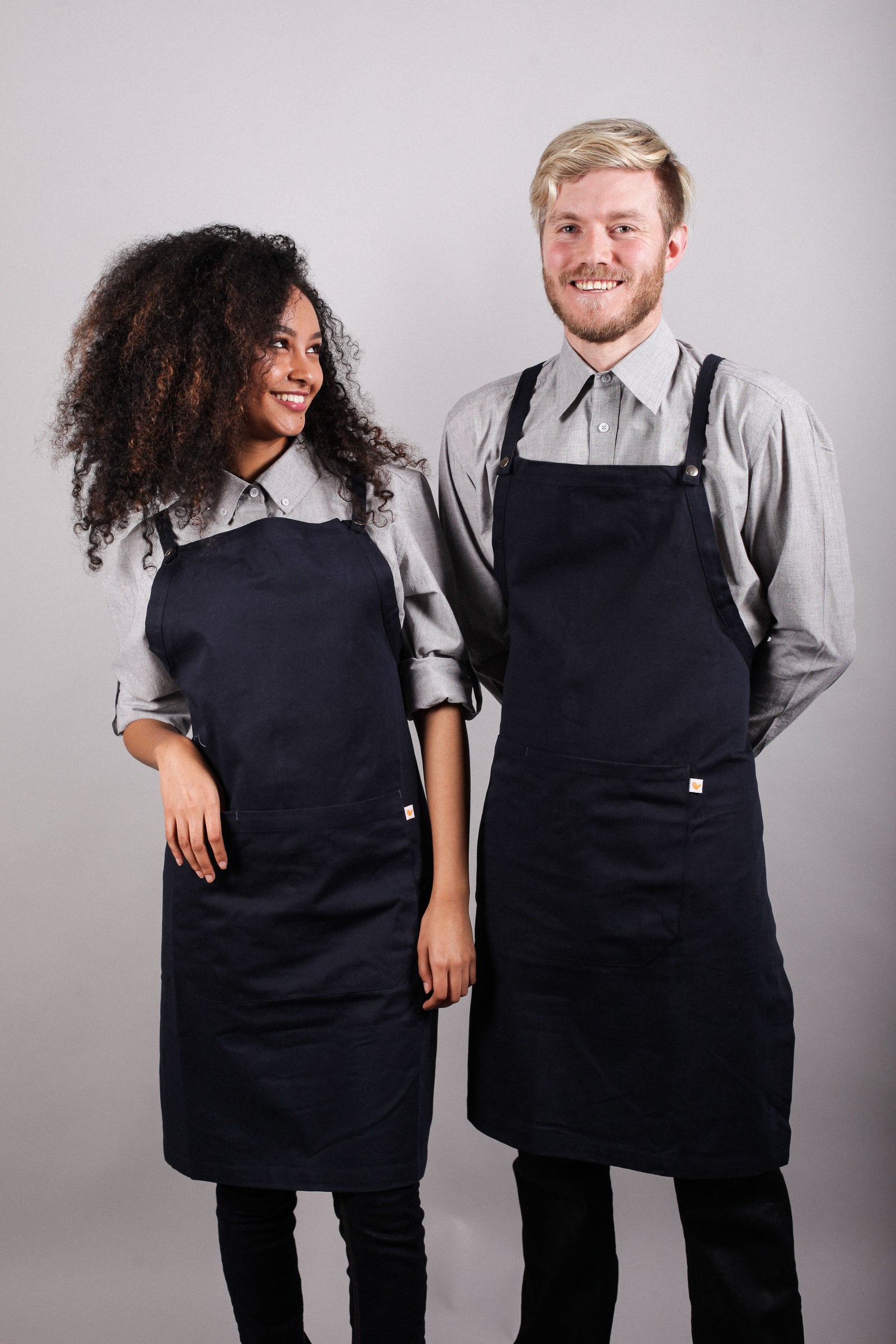
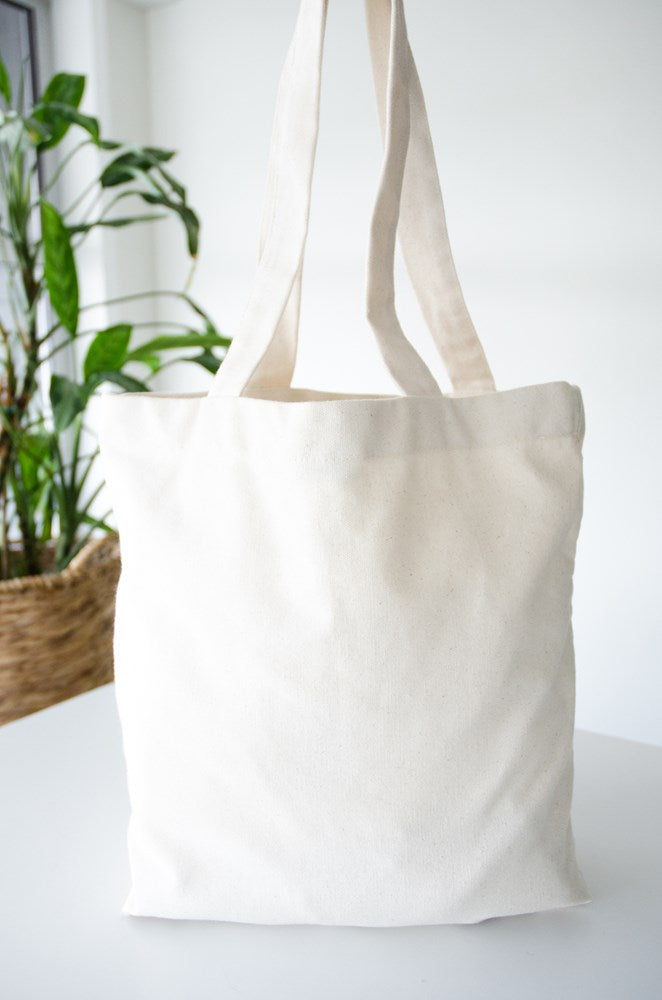
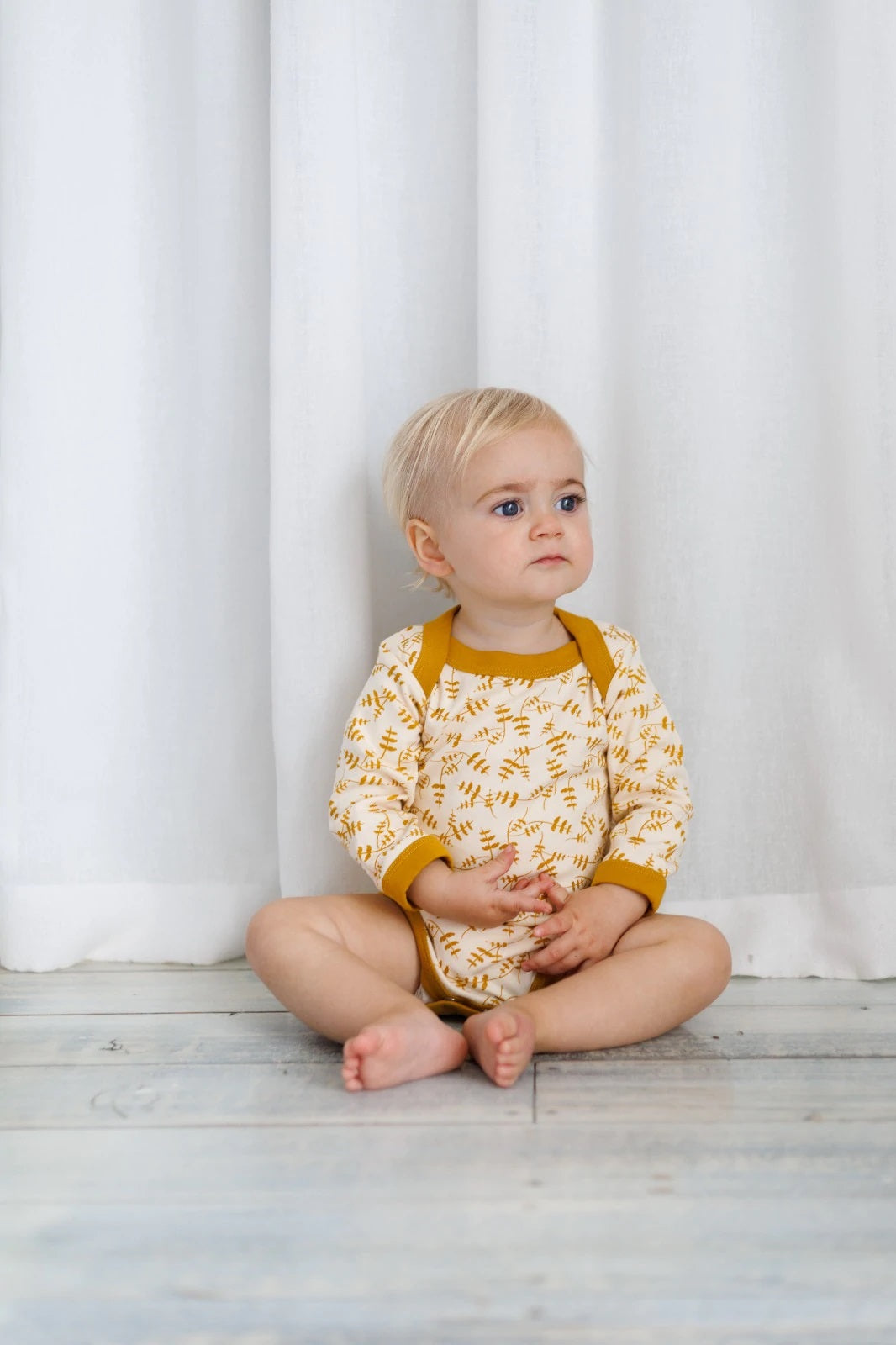
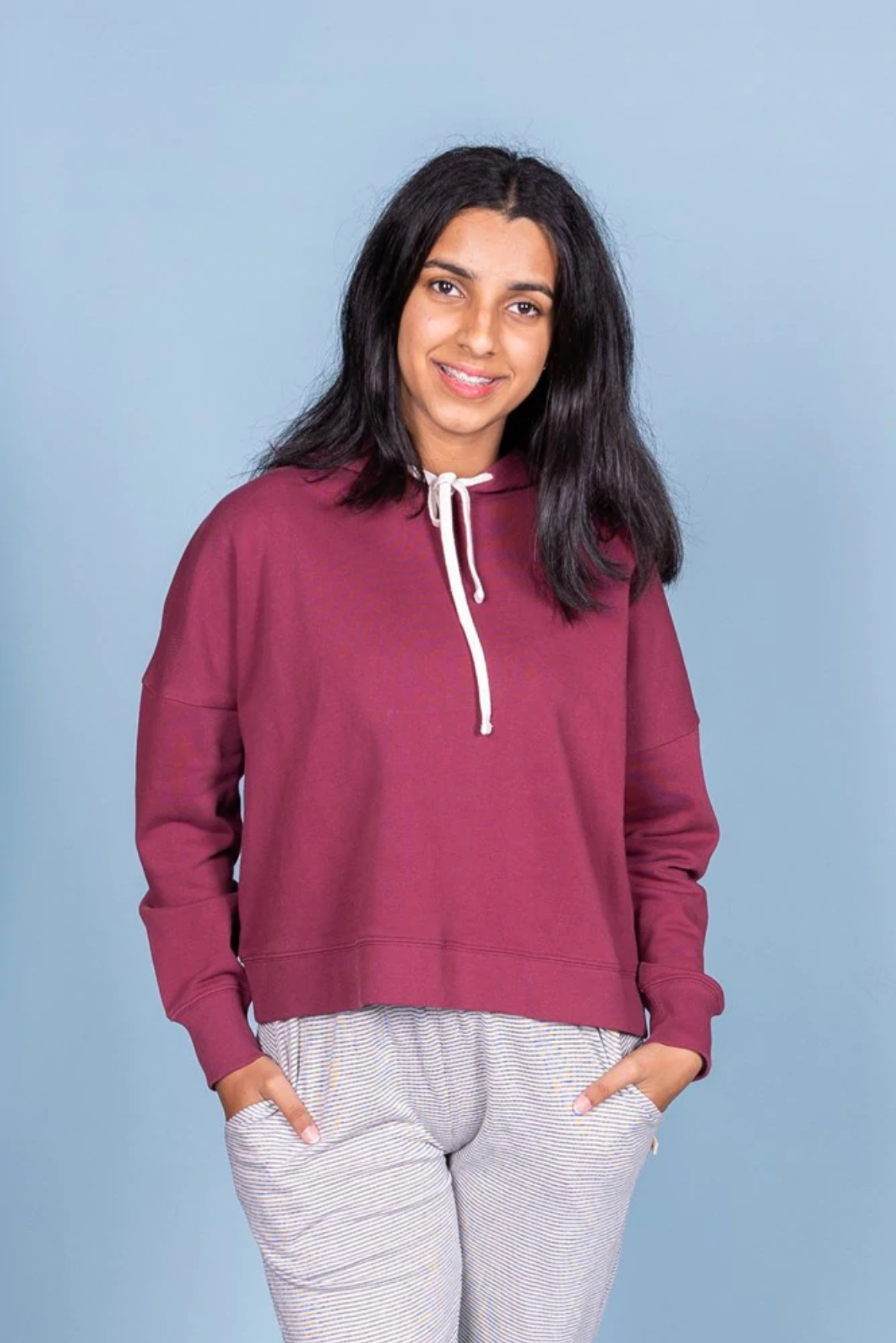
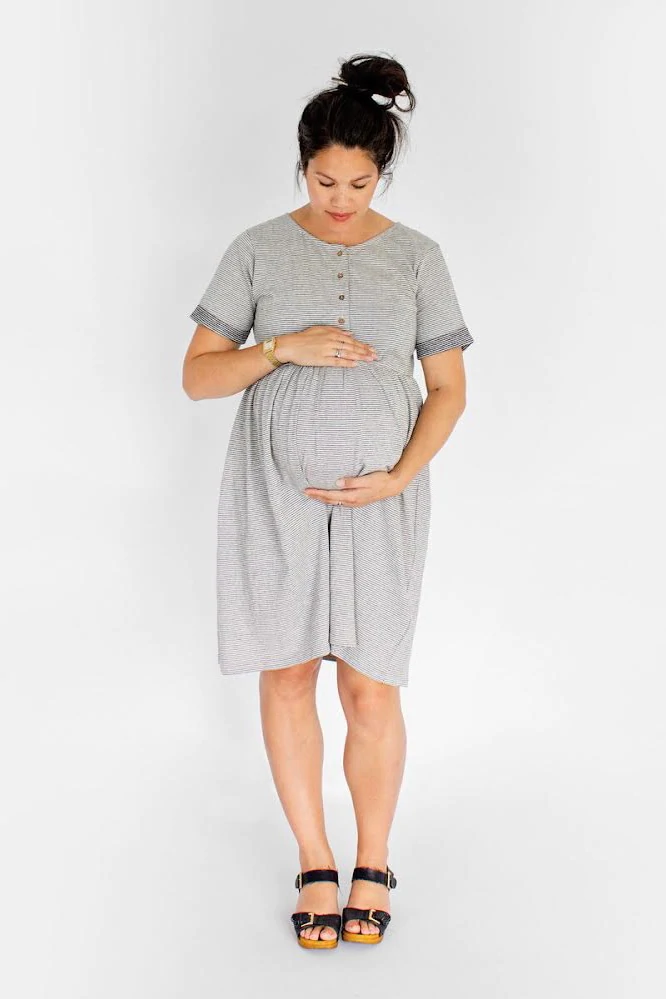
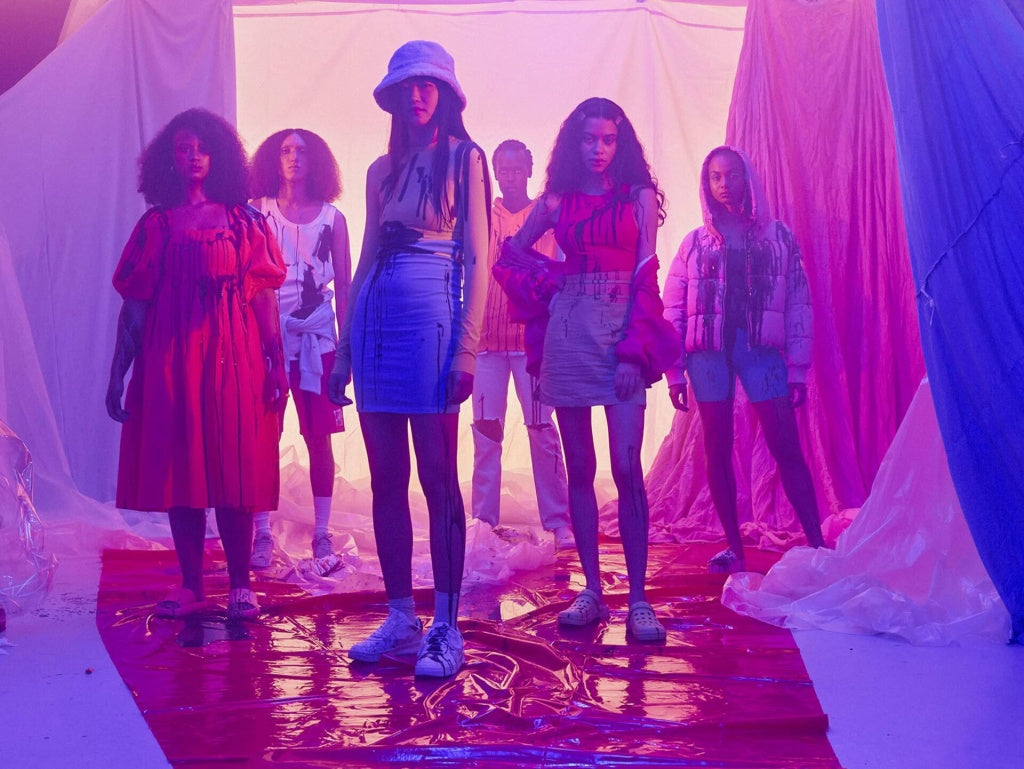
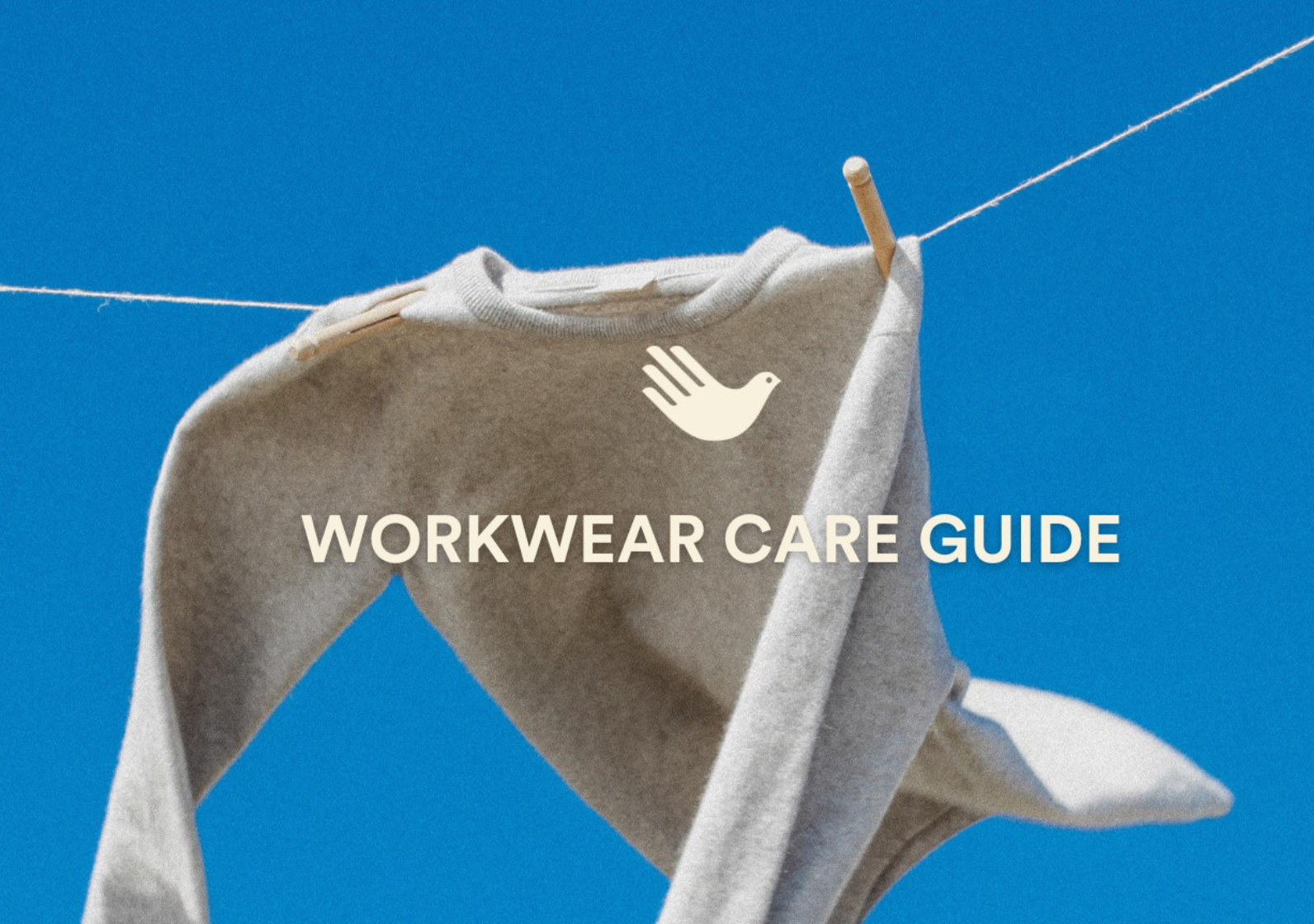
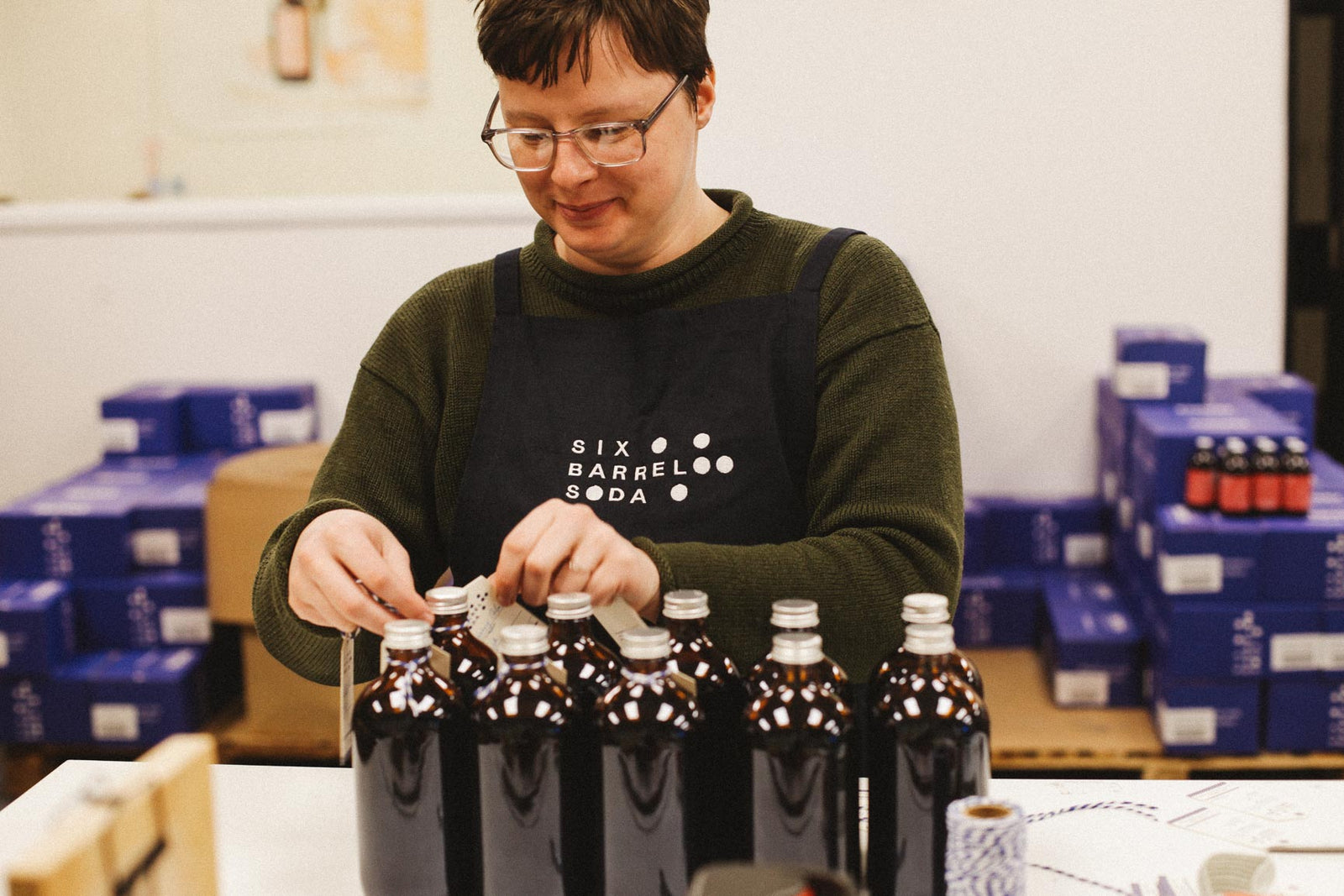
Leave a comment (all fields required)